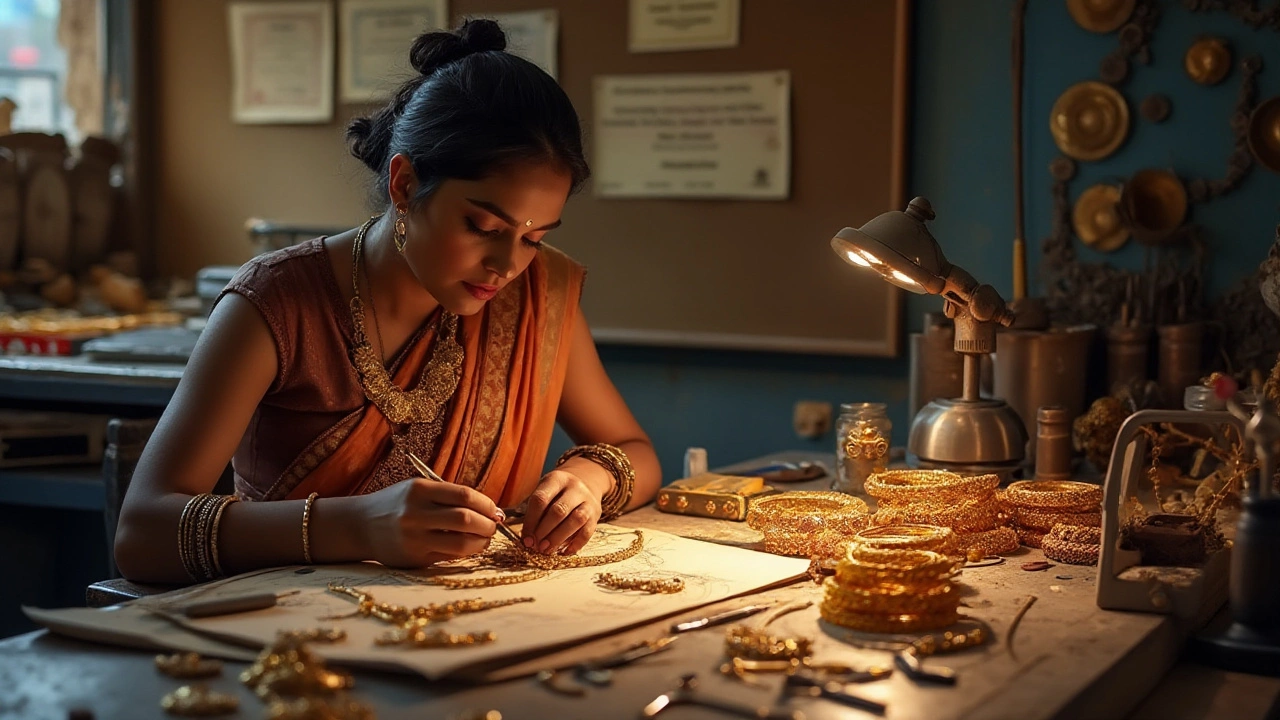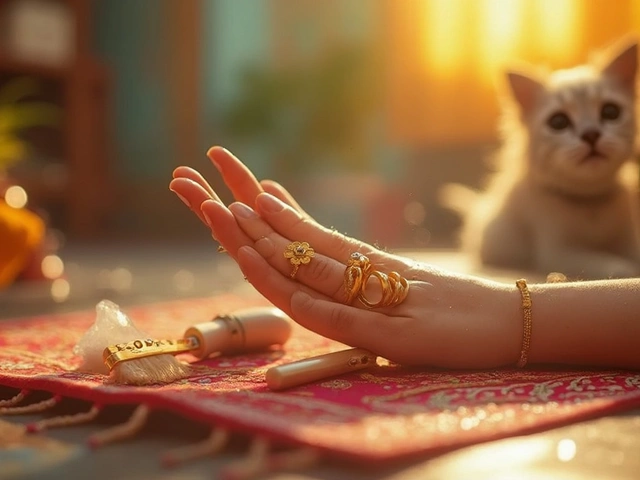Copyright Protection for Jewelry Designs – Secure Your Creations
Ever worried that someone might copy your unique necklace or ring design? You’re not alone. In the jewelry world, a fresh design can turn into a bestseller, and losing control over it can hit your business hard. The good news is that copyright law can protect the artistic aspects of your pieces, and the steps to lock it down are simpler than you think.
Understanding Copyright Basics
Copyright automatically covers original works of art as soon as they are fixed in a tangible form—think sketches, CAD files, or a finished piece. You don’t need to register to have rights, but registration gives you extra weapons in court, like the ability to claim statutory damages and attorney fees.
What’s covered? The visual expression of a design—shape, pattern, engraving, and overall appearance. It does not protect functional aspects like the basic function of a clasp or a generic band. That’s where design patents or trademarks step in.
In India, the Copyright Act of 1957 applies, and you can register with the Copyright Office in New Delhi. The process takes a few weeks and costs around INR 500 for a single work. For a jewelry brand with many designs, a bulk filing can save time and money.
Steps to Protect Your Jewelry Designs
1. Document Everything – Keep dated sketches, digital files, and photos of each design. Use cloud storage with timestamps to create a clear paper trail.
2. Register Your Designs – Fill out the online form on the Copyright Office website, attach your documented files, and pay the fee. Once registered, you’ll get a certificate that proves ownership.
3. Use Watermarks and Metadata – When sharing images online, embed a discreet watermark and add metadata that includes your name and creation date. This makes it harder for copycats to claim they made the image first.
4. Sign Contracts with Manufacturers – Include a clause that any design they work on belongs to you and that they cannot reproduce or sell it without written permission.
5. Monitor the Market – Set up Google Alerts for your brand name and key design terms. If you spot a duplicate, act quickly with a cease‑and‑desist letter.
6. Consider Design Patents – If the shape of your piece is truly unique and functional, a design patent gives stronger protection for up to 15 years.
7. Leverage the BIS Hallmark – While the hallmark mainly guarantees metal purity, displaying it on your pieces adds credibility, making it harder for counterfeiters to pass off fakes as genuine.
By following these steps, you turn a vague notion of “my design is safe” into a concrete legal shield. Remember, the best defense is a good offense: register early, keep records tidy, and stay alert.
Protecting your creativity means you can focus on what you love—designing beautiful jewelry. With copyright in place, you’ll sleep better knowing your art belongs only to you.
Can You Copyright Your Custom Jewelry Designs?
Creating unique jewelry often raises the question of whether these delicate pieces can be legally protected. Understanding copyright laws as they apply to jewelry can help artists safeguard their creative expression. This article provides insight into what aspects of jewelry design can be copyrighted, alternative ways to protect your work, and tips for building a brand that respects intellectual property laws.





